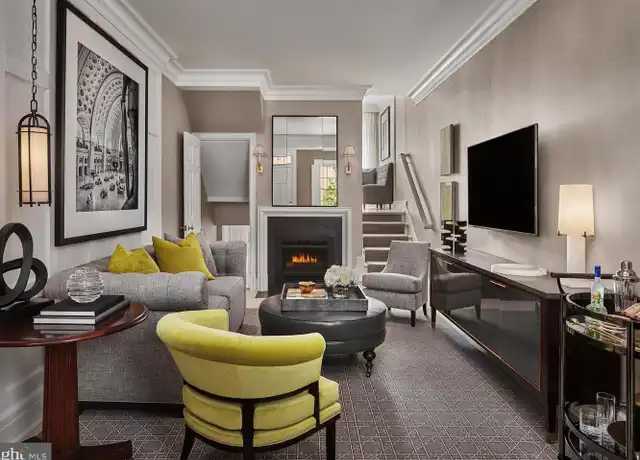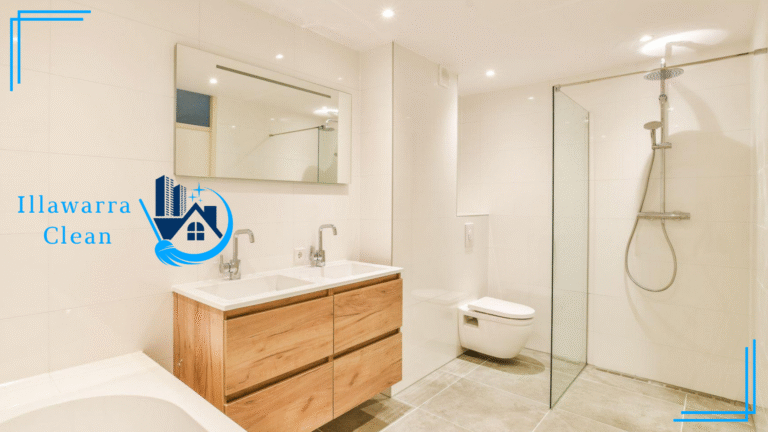Interior design is a multifaceted discipline that combines aesthetics, functionality, and structural considerations to create spaces that are both visually appealing and practical. Among the many elements that contribute to a room’s overall design, skirting boards often receive less attention than they deserve. While seemingly a minor detail, skirting boards play a crucial role in defining the boundaries of a space and enhancing its architectural character. One aspect that is particularly significant in this regard is skirting board sizes. Understanding how skirting board sizes influence interior design can help homeowners, architects, and designers make informed decisions that elevate the overall aesthetic and functional quality of a space.
Understanding Skirting Boards and Their Purpose
Skirting boards, also known as baseboards in some regions, are wooden or synthetic panels installed along the lower perimeter of interior walls. They serve multiple purposes, including protecting walls from damage, concealing uneven floor edges, and providing a visual transition between the floor and the wall. Beyond their practical role, skirting boards contribute to the style and elegance of a room. The choice of skirting board sizes significantly impacts how these elements integrate into the overall design scheme.
Historically, skirting boards have varied greatly in size and style, reflecting architectural trends and regional preferences. In classical architecture, tall and elaborately designed skirting boards were common, conveying a sense of grandeur and sophistication. In contrast, modern minimalist interiors often favor narrower skirting boards that blend subtly with the walls, emphasizing clean lines and simplicity. This historical context underscores the importance of carefully selecting skirting board sizes to align with the intended design style.
The Relationship Between Skirting Board Sizes and Room Proportions
One of the most critical considerations in interior design is proportion. The dimensions of furniture, fixtures, and architectural details must harmonize to create a balanced and visually pleasing space. Skirting board sizes play a subtle but vital role in this balance.
For instance, in rooms with high ceilings, narrow skirting boards can appear disproportionate, making the walls feel bare or incomplete. Conversely, oversized skirting boards in smaller rooms can overwhelm the space, making it feel cramped and cluttered. Designers often recommend a proportional approach: the height of skirting boards should complement the ceiling height and the scale of other architectural elements. This ensures a cohesive and harmonious aesthetic that enhances the overall spatial experience.
Furthermore, skirting board sizes influence the perception of room height. Taller skirting boards can make a low-ceilinged room appear more grounded and elegant, while shorter skirting boards may be more suitable for compact spaces, maintaining a sense of openness. Understanding this interplay between size and perception is essential for creating interiors that feel balanced and inviting.
Skirting Board Sizes and Design Styles
Different interior design styles dictate varying approaches to skirting board sizes. In traditional or classic interiors, skirting boards tend to be taller, often ranging from 150mm to 250mm or more, and may feature intricate mouldings or profiles. These larger skirting boards contribute to a sense of formality and refinement, complementing ornate furniture, decorative wall panels, and high ceilings.
In contrast, modern and contemporary interiors often favor skirting board sizes that are more understated. Minimalist designs typically incorporate skirting boards ranging from 50mm to 100mm in height with simple, clean lines. This approach allows the focus to remain on the furniture, art, and other decorative elements rather than the skirting itself. Scandinavian interiors, known for their emphasis on simplicity and functionality, also utilize modest skirting board sizes, often painted in the same color as the walls to create a seamless transition.
For eclectic or transitional interiors, designers may experiment with skirting board sizes to create visual interest and contrast. Mixing skirting board heights or using distinctive profiles can serve as a subtle design feature, adding depth and character to a room. In all cases, selecting appropriate skirting board sizes requires careful consideration of the room’s overall style, proportions, and intended atmosphere.
Functional Considerations in Choosing Skirting Board Sizes
While aesthetics are important, skirting boards also fulfill practical functions that should inform the choice of their sizes. Skirting boards protect walls from scuffs, scratches, and impacts, particularly in high-traffic areas such as hallways, kitchens, and living rooms. Taller skirting boards provide more protection by covering a larger portion of the wall, making them ideal for spaces where furniture, vacuum cleaners, or pets may frequently come into contact with walls.
In addition, skirting board sizes affect the installation of electrical wiring and cable management. Some modern skirting boards are designed with hollow channels or removable panels, allowing wires and cables to be discreetly concealed. Larger skirting boards offer more flexibility for this purpose, combining functionality with aesthetic appeal. Designers must consider both the protective and practical roles of skirting boards when selecting their dimensions to ensure that they meet the needs of the household while complementing the design.
Material and Color Influence
The material and color of skirting boards also interact with their sizes to influence the overall look of a room. Wooden skirting boards, for example, can be painted or stained to match the décor, and their size can emphasize texture and grain patterns. MDF or PVC skirting boards, commonly used in contemporary interiors, offer versatility and ease of maintenance.
Color choices further enhance the impact of skirting board sizes. Contrasting colors can make skirting boards stand out, highlighting architectural features, while matching the skirting board to the wall color can create a seamless, unobtrusive effect. The size of the skirting board determines how noticeable these color decisions will be, reinforcing the importance of thoughtful planning.
Practical Guidelines for Selecting Skirting Board Sizes
Selecting the right skirting board sizes requires a combination of aesthetic judgment, practical considerations, and attention to proportion. Some general guidelines include:
- Measure ceiling height and room dimensions before choosing skirting board sizes to ensure proportionality.
- Consider the architectural style of the space and the desired level of formality.
- Assess the level of wall protection needed, particularly in high-traffic areas.
- Factor in potential wiring or cable management requirements.
- Test paint or stain colors in combination with skirting board sizes to evaluate visual impact.
By following these guidelines, designers and homeowners can make informed decisions that enhance both the functionality and visual appeal of a space.
Conclusion
Skirting boards may often be overlooked in interior design discussions, but their sizes hold significant importance in shaping the aesthetic and practical qualities of a room. From defining proportions and enhancing design styles to providing functional protection and facilitating cable management, skirting board sizes are a key element in creating harmonious interiors. Choosing the appropriate dimensions requires careful consideration of ceiling height, room scale, architectural style, and practical requirements. By paying attention to skirting board sizes, designers and homeowners can ensure that this subtle yet influential component contributes meaningfully to the overall beauty and functionality of their spaces. Properly selected skirting boards are not merely decorative accents—they are integral design elements that support and enhance every aspect of interior design.
The nuanced influence of skirting board sizes highlights that no detail in interior design is too small to matter. Even a seemingly modest element like a skirting board can transform the character of a room, bridging the gap between floor and wall while reinforcing the chosen style. Careful selection, thoughtful placement, and proportional sizing of skirting boards ultimately demonstrate the artistry and precision required to achieve truly exceptional interior design.




